Our lopsided skin-on-frame vessel yawed and flexed and the lashings creaked as the swells rolled up astern. The following sea propelled us forward while I wrestled with the rough, axe-hewn steering oar to prevent broaching and a potential capsize. The driftwood mast strained against paracord rigging as the wind billowed the slapdash tarp sail. The sky was clear. The winds were strong, but in our favor. We reached across several miles of open water, aiming to skirt the next closest island. A lobsterman turned his boat away from checking traps, crossing over to run alongside. “Are you OK?” he asked. “Do you know where you're going? Winds and seas are supposed to build over the day,” “We are fine,” we told him.
Join The Conversation
We welcome your comments about this article. To include a photo with your remarks, click Choose File below the Comment box.

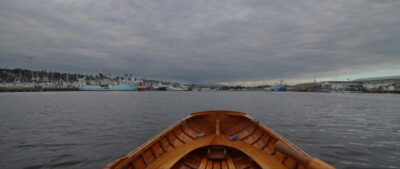

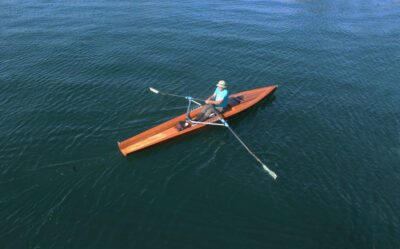
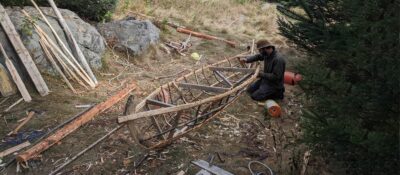
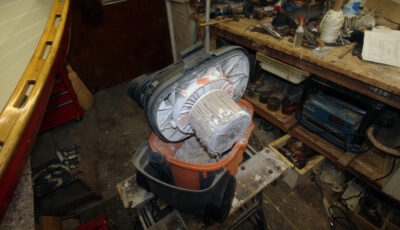
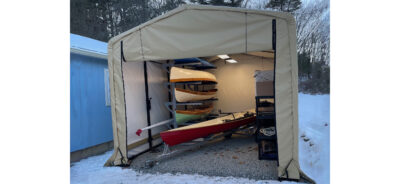
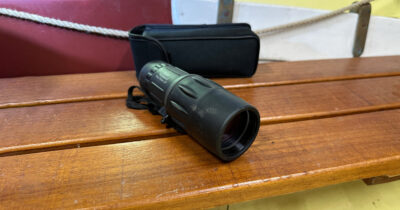
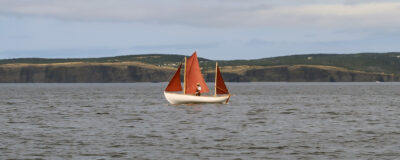
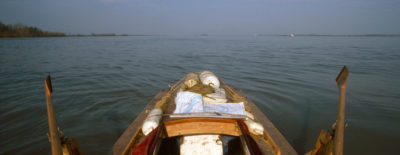
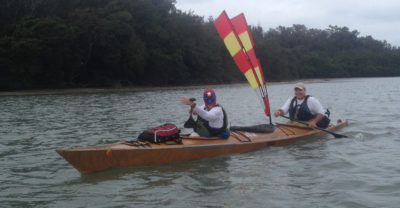
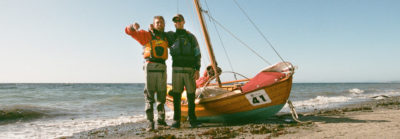
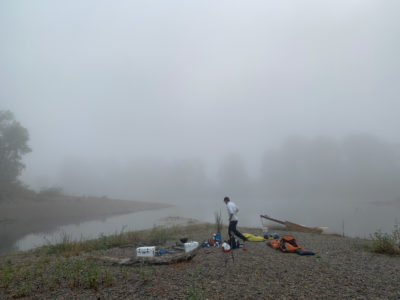
This is one of the neatest stories I’ve read here. Fantastic voyage y’all. Cheers from the West Coast.
Makes me wonder if I can do something similar out here…
This is a truly wonderful story: great idea, great follow-through. Congratulations all around.
Sam Clemens’ Huck would recognize these men, even run his raft ashore for a chat.
I’d echo Joshua’s comment, but a step further: that it’s one of the neatest stories about boats, period, that I’ve ever read. It also came across to me as one of the more authentic survival test stories that I’ve ever read, I don’t even care the ditch bag was super specific. As the text wisely mentions: It should be! And I don’t mind you didn’t swim, may as well make the test a fun adventure instead of also pushing the bounds of overcoming misery.
In terms of what was learned to teach the rest of us, I would have liked to know more specifics of prior boat building experience. In the actual text, instead of the vaguest of possible mentions in ‘about the author’ blurbs. I’m also curious how big those bags were? How easily would they stow below a companionway, could they be swam with? During the trial, what was decided was essential, and not, and what should have been brought instead?
Overall, I think this is/was a fantastic idea, a great addition to standard survival plans. Go bags should already include a knife (or three) and lots of cord. This says ‘add more cord, and a bolt of nylon.’
At end you ask: ‘if it was real could we do it? Doubt it.’ I don’t. If it’s real and your life depends on it: you can be a movie hero. As long as you don’t panic. And now you’ve got the experience and less likely to panic. And now that we’ve read this, WE are less likely to panic.
Yes. One of best boat, and even survival, stories I’ve read in a lifetime of them.
(Although, hee hee, the likelihood of landing on a island in Maine big enough to scavenge a boats worth of framing, yet without a house on it, is slimmer than shipwrecking in the first place)
“Are you boys flying a f—ing bedsheet?” he said.
We weren’t, but I liked the idea. “Yes, we are flying a bedsheet,” I replied.
LMAO
Great story, made my Saturday morning!
This is an absolutely brilliant tale, well told. Thankyou!
Well written true tale of the sea. You guys are bloody brilliant.
Cheers !
Great idea, great execution!
Congratulations on writing a super amusing story, and an inspiring one too. I happen to be an architect who likes building furniture (a close cousin to boat building?) It all comes down to joints; techniques of how components connect. And, of course, the components come out of a close and reasoned selection of materials. The boat with sail is a functional masterpiece of the ad hoc, and beautiful in its odd way. Especially the curved rigging of a keel and mast. What an object! What an adventure! Bravo, gentlemen. I’m grinning.
You guys rock!
I was intrigued by the rib bending with heat, which you used to harden the turns for more initial stability. Sounds like it paid off in spades!
Pacific Northwest Natives would slip a stick into the hollow stem of Bull(whip) Kelp and heat on the fire as a natural steam-box. Where that wasn’t available, a pile of algae (e.g., rockweeds) on a hot rock wasn’t as elegant, but would work, too. Bends were formed on a peg-jig and left to cool.
You might consider adding a “Settler’s Wrench” (a Scot’s Eye Auger modified to shape a peg-end to fit a bored hole) to your gear bag. This would provide extra-solid joints at the major intersections and save considerable cordage/lashing.
Thanks for sharing this great adventure!
Sounds like a fun experiment, in thought and practice. For real-world cruising, I wonder if an inflatable life raft or folding dinghy would use less space onboard than the tools and materials to build your own.
Fantastic idea and execution, and crazy, daring trip. I know those waters. You didn’t mention cold. I hope you sat on something insulating. Any stresses on your vessel that you noticed after you landed? Could she have carried you farther?
I hope you’ve saved her for a local museum, perhaps the Penobscot in Searsport.